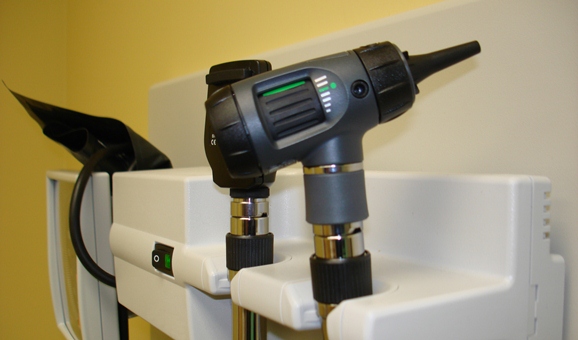The Medical Minute: Cold or flu? Visit your doctor, not the ER

During cold and flu season, most of us will inevitably experience one or more acute illness. Fortunately, most acute problems are treatable without hospital admission. With that in mind, doctors say it is important to seek care in the proper place for the best possible treatment, outcome, cost and satisfaction.
According to Dr. Ryan Ridenour, family physician and member of the Penn State Hershey hospitalist team at Mount Nittany Medical Center in State College, many times people utilize the emergency room (ER) for problems that are far better suited for their primary care doctor.
“The ER is best equipped for what the name stands for – emergencies,” Ridenour said. “When used for what it is designed to treat, patients often find the ER to provide excellent care with good outcomes, and typically a lot of the cost is covered by insurance.”
When patients use the ER for unnecessary purposes, he says, the same level of care often comes with a far longer wait and much higher cost than anticipated.
Efficient, cost-effective care for most illnesses can be received with a visit to your primary care doctor. If something feels life threatening (such as chest pain, stroke-like symptoms, shortness of breath, or a high fever and confusion in a child), Ridenour advises you go to the emergency room. However, illness such as a sinus infection, bronchitis, pneumonia, or an ear infection can be treated by your primary care physician.
Since a primary care doctor already knows you and your history, he or she will be less inclined to order as many diagnostic tests, which in turn keeps costs lower. (For instance, the cost to diagnose and treat bronchitis in the ER is on average $460 compared to approximately $60 when treated in an office setting, Ridenour says.) Additionally, since you have a relationship with your primary care doctor, follow up and treatment plan changes are often easier if you're not getting better as quickly as expected.
With hand-washing, healthy eating, and regular exercise, Ridenour says you and your family have the best chance of staying healthy this cold and flu season. However, if you do get sick, he recommends thinking about visiting your primary care physician instead of the ER – unless it feels like a true emergency – to save yourself time, hassle and cost.
The Medical Minute is a weekly health news feature brought to you by Penn State Milton S. Hershey Medical Center. Articles feature the expertise of Penn State Hershey faculty physicians and staff and are designed to offer timely, relevant health information of interest to a broad audience.
Up next week: For women with incontinence, a new treatment option using Botox may offer hope.
If you're having trouble accessing this content, or would like it in another format, please email Penn State Health Marketing & Communications.
